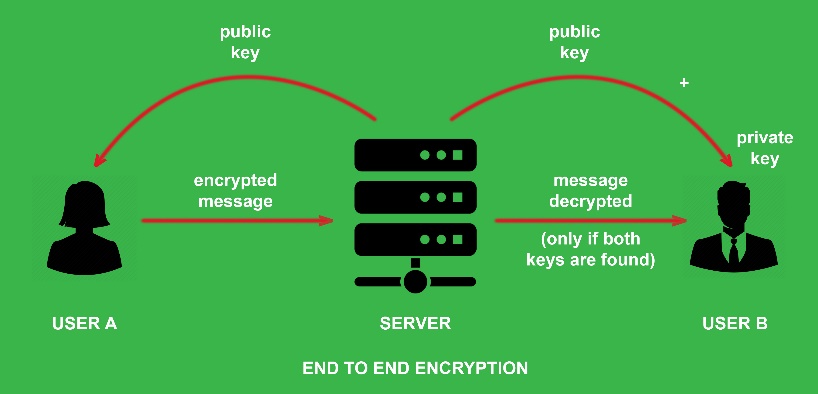Free Courses Sale ends Soon, Get It Now


Free Courses Sale ends Soon, Get It Now



Disclaimer: Copyright infringement not intended.
Context
.jpg)
What is end-to-end encryption?
Where is it used?
What does it mean for users?
© 2024 iasgyan. All right reserved